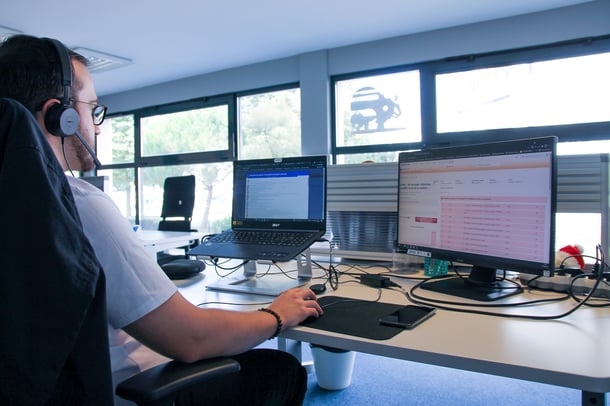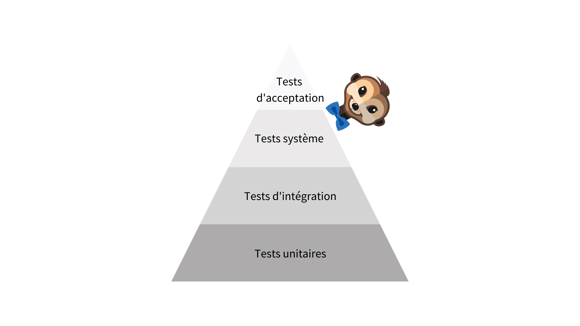When you want to validate the quality of your Web or Mobile application, there are many tests available. The functional test is one of the most well-known, but what exactly does it consist of? Definition.
Whether it is an e-commerce site, a web or mobile application, there is a set of functionalities that serve to meet the needs and requirements of customers. And by functionalities, we mean for example in an e-commerce context: the possibility to create an account, to log in, to search for a product, to add it to a cart, to proceed to its payment, etc. But what happens if one of these functionalities does not work properly, does not meet the need? Depending on the importance the customer places on it, the impact on his satisfaction can be strongly negative and in some cases, it can even prevent him from going to the end of his journey.
It is therefore essential to put in place ways to verify that each feature behaves as required. This is where functional testing comes in.
What is a functional test?
A functional test verifies that a software product behaves appropriately in the context of a real-life use. Each functionality of the platform is thus tested to check that it corresponds to the customer's needs.
These functionalities and the way they must react when users use them, in each situation, are determined in a specification or requirement repository. The criticality level of each requirement, i.e. the importance that the client attaches to it, is also included. A recipe book is then written, listing different test cases and associated scenarios with a series of actions to be carried out to validate these features. The objective of the functional test is to unfold these scenarios and to verify, for each action, the conformity of the requirement with the acceptance criteria and the needs of the targets.

The different levels of functional testing
A functional test is actually a family of tests that consists of several levels of tests:
- Acceptance test: this is carried out to validate the software's compliance with the acceptance criteria and the needs of the targets. It focuses on simulating user behavior and is therefore based on a set of requirements established upstream with the client. It is generally carried out by the business teams in an environment as close as possible to what will be delivered in production.
- System testing: this allows us to check that all the components integrated into the system are working in the final environment on targeted customer paths.
- Integration testing: it ensures that the various components of a software program work well together and deliver the expected results.
- unit testing: it allows a developer to verify the component at the code level, by testing the functionality individually.

How to set up a functional test?
A good practice is to test early and everywhere, from the design of your interface to its release and even beyond. You can thus set up functional tests at all stages of your project: on your assembly, acceptance, pre-production and production environments, just before implementing a new feature, then just afterwards, when you make an update, a correction or an evolution on an already existing feature, when you discover an anomaly, but also on a regular basis in order to be as reactive as possible in case of bugs and to minimize the impact on customer satisfaction .
Finally, it is important to automate the functional tests that will integrate your non-regression campaigns if you want to deliver and deploy regularly in production.



.jpg)

